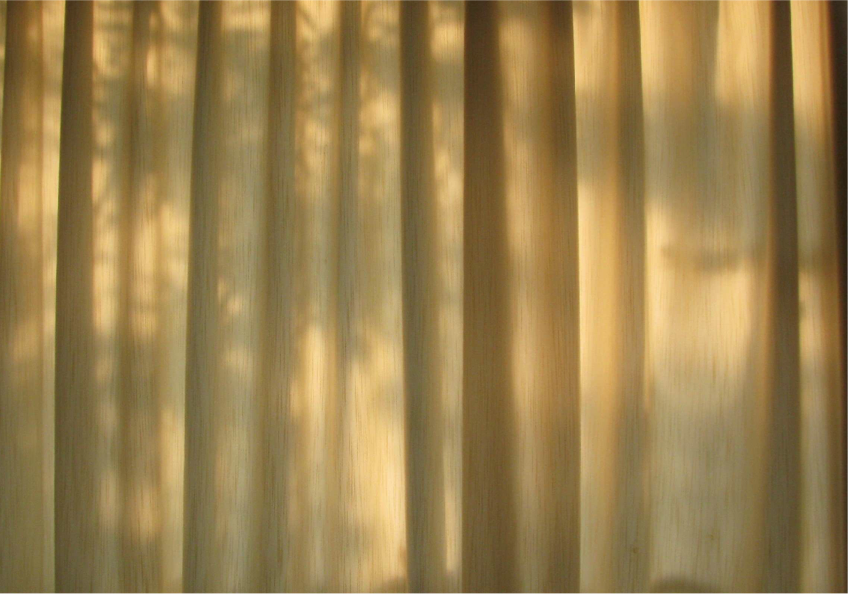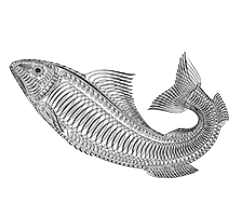“I can’t stand the premise of going on in jeans and of being real. I mean it’s not normal. “
The idea of writing anything about David Bowie, let alone the task, is a daunting one. I’ve been crying for 2 days. David Bowie meant a lot to me, as anyone who knew me before the age of 30 can attest. It feels strange to be out here in LA, a city he detested, at the time of his death – most of my old friends who bore witness to how deeply attached I was to him, his music, his image, are back east. But then that’s fitting, isn’t it? To mourn David Bowie in isolation is fitting. Because that’s how and why I connected to him in the first place. It’s no coincidence that at 14 my favorite book was Notes from Underground, and my favorite person was David Bowie. I knew I was into alienation and isolation, but Bowie was the first one to really celebrate those things and connect them so vitally to youth. In the days following his death, I’ve heard a lot about how he made “the freaks” feel like it was “ok to be themselves.” For me, what was so awesome about Bowie was that the idea of having to be oneself was abhorrent, a mediocre pursuit at best. He took alienation and let it rip out of him like, dare I say it, a lightening bolt. It meant nothing and everything simultaneously. The vision of youth I saw in him, as a young person, was not some “it gets better” idea of a future where all the freaks get together and are suddenly happy, but one where that very isolation, that disconnection from society, from other people, is the raw material of humanity. He encouraged me to look inside until I was lost in outerspace, not to worry about authenticity or wholeness, but to violently project every fractured reflection of everything I saw, or wanted, read or loved into whatever void I faced. And that was important. Because youth is lonely and raw at the same time, and fantasy its only panacea. He told me my loneliness was what made me not alone, that it was a portal to whole universes which I had the power to access, and his personae functioned as evidence of that fact. I had moments of connection, even intimacy with other people when I was younger, but none quite so vibrant as my own relationship to fantasy. At 16, Liz Sanger and I would get together every Thursday night, drink a bottle of J&B Scotch, make out and listen to David Bowie. I remember us deciding to pay attention to Diamond Dogs and Young Americans (not to mention Earthling and Outside). Like we’d moved into some graduate territory of fandom, finding something to love in Cat People and Fascination, laughing at its theatricality but loving it all the same, as if we were in on the joke. I thought I was in love with her. And I was, in a way. And, in another way, I was just in love with David Bowie. And so was she. He taught me how to use my brain, and that it has a capacity, greater even than the heart, for love.
In my 30’s I haven’t listened to him that much. I’ve been busy becoming an adult, learning how to “stay present” and do the boring work of managing my own life in such a way that I can keep living. I became complacent in my attachment to him, like an old favorite t-shirt shoved in the back of a drawer somewhere. His death comes as a shock and a shocking reminder of the end of my own youth, which I never really even thought about mourning, until now.
There is no good way to end this piece of writing. I could say I’m grateful but that word is too small. My heart is broken and that’s both surprising and totally predictable. There is some comfort in knowing it.
—
Mariah Garnett is an artist and filmmaker living in Los Angeles. She mixes documentary, narrative and experimental filmmaking practices to make work that accesses existing people and communities beyond her immediate experience. Using source material that ranges from found text to iconic gay porn stars, Garnett often inserts herself into the films, creating cinematic allegories that codify and locate identity.
Garnett holds an MFA from Calarts in Film/Video and a BA from Brown University in American Civilization. Her work has been screened internationally including REDCAT (LA), White Columns (NY), SF MoMA (SF), Venice Bienniale (Swiss Off-site Pavillion), Ann Arbor Film Festival (Ann Arbor), MoCA (LA) and The Hammer Museum’s Biennal “Made in LA”, where the LA Times called her piece “Best in Show.”



